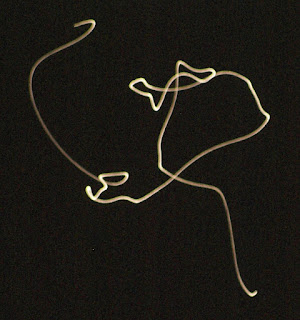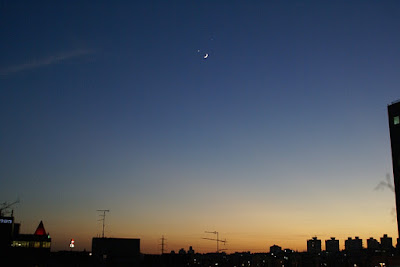April 2012 will be the "Global Astronomy Month", the world's largest global celebration of astronomy since the unprecedented International Year of Astronomy 2009. Unlike the IYA2009 which was an official decision of UNESCO, GAM is more unofficial evens which is leaded by private people all over the world and it's center is in a great organization "astronomers without borders". The idea is that astronomy and the skies belongs to all people all over the world.
The event schedule for GAM is full, and you can have many activities to choose from, either online or at your local astronomy club, such as solar observation, lunar week, join poetry contest, or even create an event yourself! If you have a telescope, just set a date, find a suitable place, advertize a little in your local neighborhood and show people the moon. First timers of the moon is always a pleasure to hear the wow and "I can't believe it"...
During April there are already some international events, mainly April 12 with the night of Yuri, dedicated to the first man in space.
Whatever it is check the AWB website for GAM2012 and join the biggest star-party of the year
The event schedule for GAM is full, and you can have many activities to choose from, either online or at your local astronomy club, such as solar observation, lunar week, join poetry contest, or even create an event yourself! If you have a telescope, just set a date, find a suitable place, advertize a little in your local neighborhood and show people the moon. First timers of the moon is always a pleasure to hear the wow and "I can't believe it"...
During April there are already some international events, mainly April 12 with the night of Yuri, dedicated to the first man in space.
Whatever it is check the AWB website for GAM2012 and join the biggest star-party of the year
| Global Astronomy Month |

























